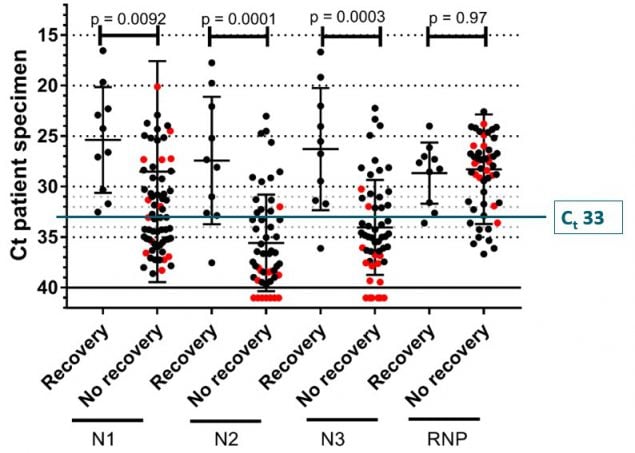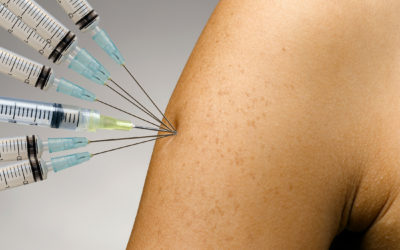Up to 90% of US COVID Tests Can Be False Positives
September 21st, 2020
The use of polymerase chain reaction (PCR) testing as a frontline diagnostic tool for COVID is being questioned. These tests provide a positive/negative result for COVID infection, but do not show how much virus a patient has. The amount of virus can make all the difference when it comes to classifying contagious COVID cases.
Testing the RNA sequence of a virus is a complicated task. Even samples infected with the virus do not contain enough of the viral RNA. Thus, amplification is required to multiply and generate enough RNA to be present for adequate testing.
The COVID PCR test uses this exact amplifying mechanism. It involves a series of steps that are repeated over and over, called cycles. These cycles eventually lead to an exponential increase in genetic material (RNA in the case of coronavirus), doubling the amount with each cycle. This means that after 40 cycles (240), there are about 1000 billion copies of RNA.

The problem with PCR testing is that it only provides a yes or no answer, either someone is infected or not. However, it is extremely important to realize that this is a quantitative issue as well. The PCR test does not show how much virus (viral load) someone has.
Simply put, PCR amplifies the RNA sample in a series of cycles. If there is a high viral load, which means the patient is more infectious and contagious, it will be detected in fewer cycles.
PCR Test Sensitivity Greater Than Live COVID Viral Load
For COVID testing, the appropriate cut-off needed to detect live virus is between 30-34 cycles, as found by a French study. Detecting the virus at <34 cycles indicates that there is enough viral load to be contagious. Detecting the virus at >35 cycles could indicate that there are just genetic fragments of the virus that pose no particular risk (ie. patient has COVID, but is not contagious).
The latter situation has the potential to lead to a high level of false positive test results. Some researchers estimate that this false postive scenario make up to 90% of COVID cases in the US.
Most PCR tests used in the US set the COVID cut-off limit between 37-40 cycles. Remember, the French study above claimed that if a virus sample needs to be amplified more than 34 cycles in order to be detected, then it is not viable and thus the person is neither infected nor contagious. Even the CDC has suggested that it is difficult to detect any live virus in a sample above a threshold of 33 cycles.

There seems to be a discrepancy between the contagious viral amount needed (~34 cycles) and what PCR tests are diagnosing (~40 cycles). This inconsistency has the potential to result in false positives and inflated COVID cases.
The New York Times reported that in three sets of testing data that modified thresholds under 40 cycles, between 43-90% of positive COVID tests carried viral loads that could be considered non-contagious.
Relying Solely on COVID Case Numbers Is Flawed
The current rhetoric relies on media headlining the number of cases to dictate the severite of the COVID situation. Clearly, with over-sensitive testing, the case numbers alone do not tell the full story. In fact, the case numbers are likely to be inflated and overstating the severity of COVID. Alternative data poins, such as hospitalizations and deaths, must be taken into consideration to reach a more accurate conclusion on the state of disease.
Greater transparency is needed from the manufacturers of PCR tests and labs that oversee the testing process. The FDA, CDC and overall population need to push for more testing, with multiple thresholds and additional data points. A simple “Yes” or “No” is not sufficient, nor should it be the standard.


